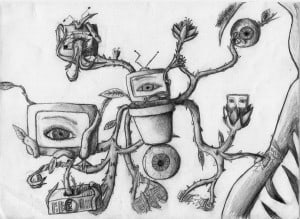Prompt: Write a blog post in response to our class on digital history.
The world of technology is vast, ever-changing, and present in almost every aspect of our daily lives. As teachers we can take advantage of new technology in order to improve and enhance our instruction for our students.
Personally I am particularly interested in the opportunities for professional development that many current digital tools provide. Twitter, for example is a wonderful social media tool that teachers can use to both find articles or links to classroom resources as well as to foster and participate in discussions with other educators. I also enjoy using Storify which allows you to create “stories” about a particular topic and to find and add related media and content from across the web (including from different social media sites like Twitter and Instagram). This is a tool that can be used not only for the professional development of educators but also for their students as well. One obvious application would be for students to create “stories” as a jumping off point for doing research on a particular topic.
Overall I think that there are numerous really innovative and interesting digital tools out there that can have a real impact on a teacher’s classroom and instruction. The caveat there of course is that the sheer amount of tools available requires an equal amount of time on the part of educators to locate, learn about, and implement them in their practice. Teachers should obviously seek out their own professional development but it would be nice to have a curated, regularly updated list of the “”top ten best” digital education tools. Then again, the best way to stay current with technology is to use technology; looks like teachers will need to become the new technocrats after all.
Image credit: Technology Vs. Mother nature by purplestar321. Source: http://purplestar321.deviantart.com/art/Technology-Vs-Mother-nature-145878477


